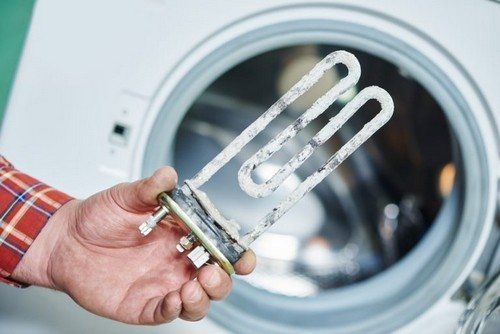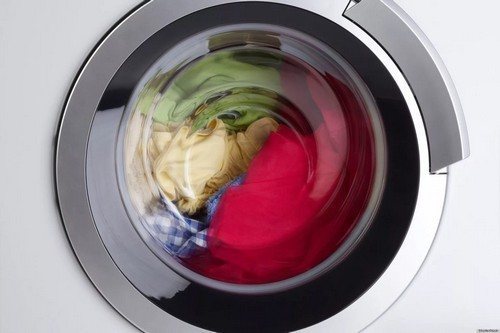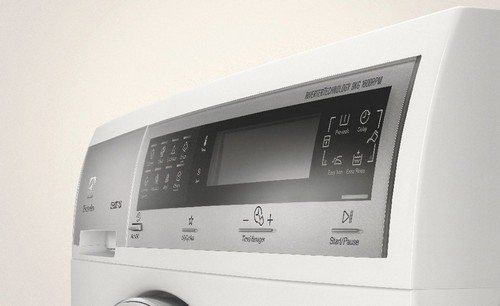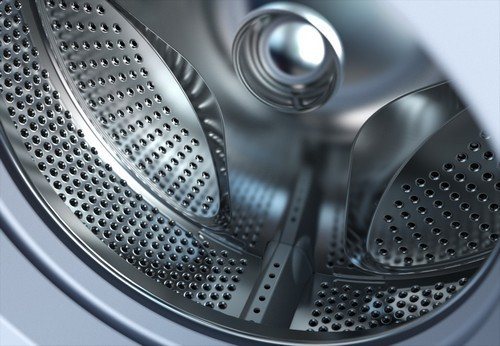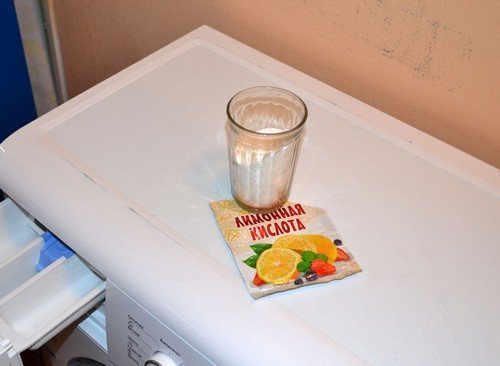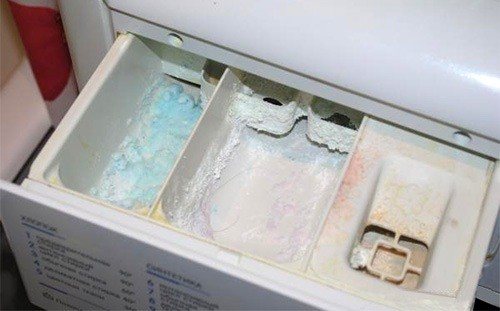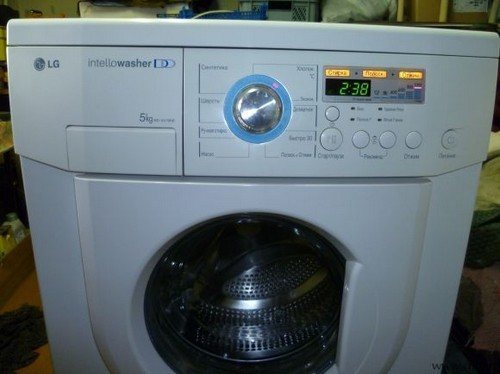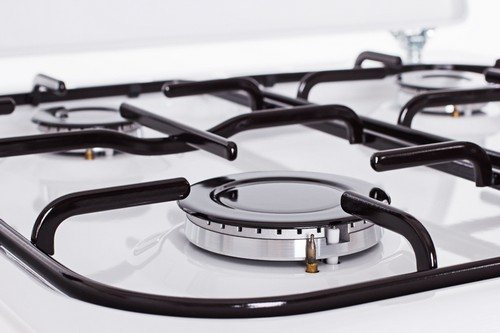The washing machine does not drain water - a problem familiar to almost all owners of this equipment, but not everyone knows what to do in this case. Before you panic, you need to pay attention to the choice of mode. Almost every second machine has a washing function without spinning - for caring for delicate fabrics or wool. Therefore, the machine can be programmed to wash without spinning, so as not to harm soft tissues. Therefore, there is no breakdown! It is necessary to turn on the “Start - Stop - Cancel” button and assign water drainage.
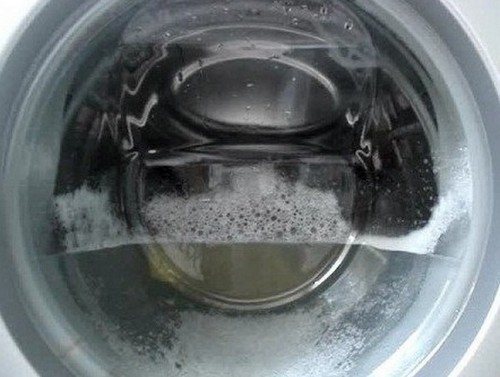
If nothing has changed, then there is a problem and it needs to be solved!
Problems with draining water
The main sign that something is wrong with the machine is a failure to drain water, which is accompanied by various additional problems. First, you need to understand that the causes of breakdowns can be different, and the external signs will differ. So, here's a list of problems:
- The water drains at a slow pace and is accompanied by a program failure;
- The hitch occurs at the stage of draining the water - it simply does not drain;
- With some types of washing, the water drains safely, but with others, it does not;
- The spin stage is blocked immediately after water;
- The doors are jammed.
The first thing to do in such a situation is to stop work. To do this, you can unplug the cord from the outlet or turn it off using the buttons on the display, and then turn it on to the shortest program - rinse + spin.It is strictly forbidden to carry out various manipulations with the equipment while it is connected to electricity, that is, try to open the doors by force, remove the panel, remove the drain hose, etc.
Further actions completely depend on the cause of the situation, so let’s consider them in more detail.
Washing machine clogs
Drainage problems do not always indicate serious damage to the machine; it could be a simple blockage that makes work difficult. If it is correctly identified and removed, then most likely the machine will continue to function.

The main types of blockages in a washing machine:
- Pump filter clogged. The most common problem why a washing machine does not drain is a clogged pump filter. To clean it, you first need to remove the panel at the lower front. At this stage, you need to be careful and careful, because when you open the cap, be prepared for a sudden release of water. To avoid such a scenario, you need to place a container in which all the liquid will collect. By the way, it is not recommended to open the hatch - this can really lead to a flood! Afterwards, unscrew the filter and look inside. This place is a treasure trove of all sorts of rubbish - coins, buttons and other items can be found here. After cleaning the cavity, put everything back in place and try to turn on the washing machine again.
- Clogged drain hose or siphon. The hose itself may contain debris and plaque, which stops all processes. To check its condition, you need to blow inside - if the sound does not reach the tank, then the hose needs to be thoroughly cleaned.If you connect a hose to a siphon, you need to disconnect the hose, hang it over the bathtub and turn on the mode. If the liquid flows freely, it means that the sewer system is clogged and needs to be cleaned. Perhaps the passage of water is blocked by debris in the siphon - hair, threads, lint, etc.
- Another problem is a clogged connecting pipe. To get to it, you need to unscrew the bolts securing the drain assembly. Then we take out the pipe, remove the clamp and drain the water from it. To check the insides of the pipe, you need to probe it - remove any debris found. Next, we collect everything to its initial state.
- Debris in the pump. Various parts stuck in the pump impeller and blocking its operation can also be the cause of many difficulties in the operation of the equipment. The impeller is located immediately behind the filter, you need to twist it and it will be clear whether it is the reason or not. If it doesn't move, it means something is stuck in it. This must be removed immediately and try to turn on the machine again.
If you have difficulty draining the water, you need to check each of the above points step by step. If everything is checked, but the machine still does not drain the liquid, then there is a high probability of serious damage.
Breakdowns
It is worth understanding that the slightest malfunction in the operation of this equipment may indicate breakdowns that need to be urgently identified and eliminated.
The drain pump is faulty.
Pump failure is also a common problem. To check the functionality of the pump, you need to remove the filter again and turn on the spin program. Next, point a flashlight there and see how it works.If the drain pump (pump) does not move, it means it is broken and needs to be replaced. Buying it will not be difficult, because all drain pumps are standard, so you can either use the Internet or go to the market. So, a new pump has been purchased, all that remains is to replace it! Therefore, you need to remove the drain assembly and detach the pump from it. Then carefully remove the wires. When all this is done, we take a new drain pump, install it in place of the old one and connect the wires to it. Well, then all that remains is to assemble the washing machine to its original state.
The electronic module has broken down.
This situation occurs in economy class equipment. And all because expensive machines are programmed to block if the water drains slowly or does not drain at all. The electronic module signals violations and turns off the drain pump. Cheap washing machines do not have such functions, and will transmit the command to the pump until the board simply burns out. It is believed that this is how car manufacturers simply stimulate their sales.
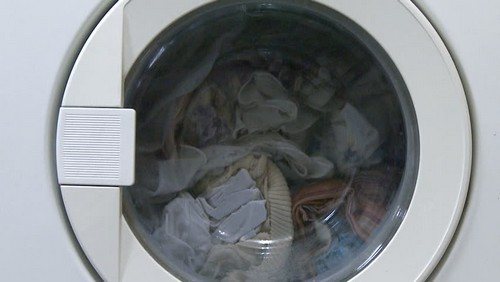
The bearing has failed.
To find out if the bearing is broken, you need to disconnect the washing machine from the electricity and spin the drum manually. If you hear a grinding noise, the drum moves hard, or the balls roll around inside, then there are obvious problems with the bearing. This problem cannot be resolved on your own at home; you need to call a professional to help. The severity of the damage will determine whether the bearing needs to be replaced with a new one, or whether repairs can be done - a specialist will help resolve this issue.
The water level sensor is broken.
If the water level sensor breaks down, the machine cannot calculate how much water is left and when to turn off the program. Before repairing this part, you need to check whether it is really damaged. The water level sensor is located on the side wall at the top. To get to it, you need to unscrew two bolts on the back and remove the top cover. Next, unscrew the sensor, or rather a couple of bolts that secure the part. After this, disconnect the attached hoses and contacts; this can be done by pulling out the chip. Further diagnostics consists of inspecting the sensor and tubes - they should be intact and free of contamination. If a blockage or any damage is visible, it must be eliminated.
The main thing in the operation of any equipment is to treat it with care and use it only in accordance with the instructions. This will ensure long-term operation without unnecessary complications.



